Submitted by WA Contents
MAD Architects designs self-powered hyperloop system integrated with urban farming
China Architecture News - Sep 13, 2019 - 02:45 13746 views
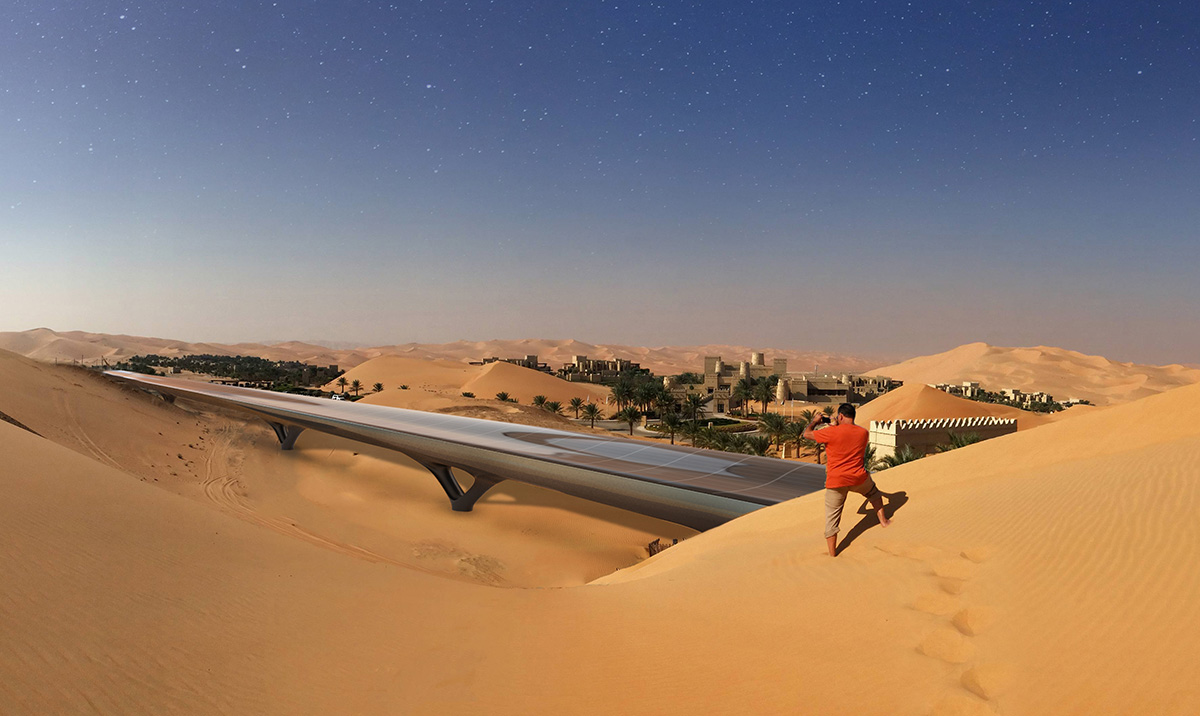
MAD Architects has partnered with Hyperloop Transportation Technologies (HyperloopTT) to design a self-powered new hyper loop system combined with urban farming supported by a versatile pylon design.
HyperloopTT commissioned MAD to conceive a versatile pylon design that while acting as structural support for its groundbreaking transportation system, could easily be integrated across diverse environments – from a bustling city center to rural farmland to the remote desert.
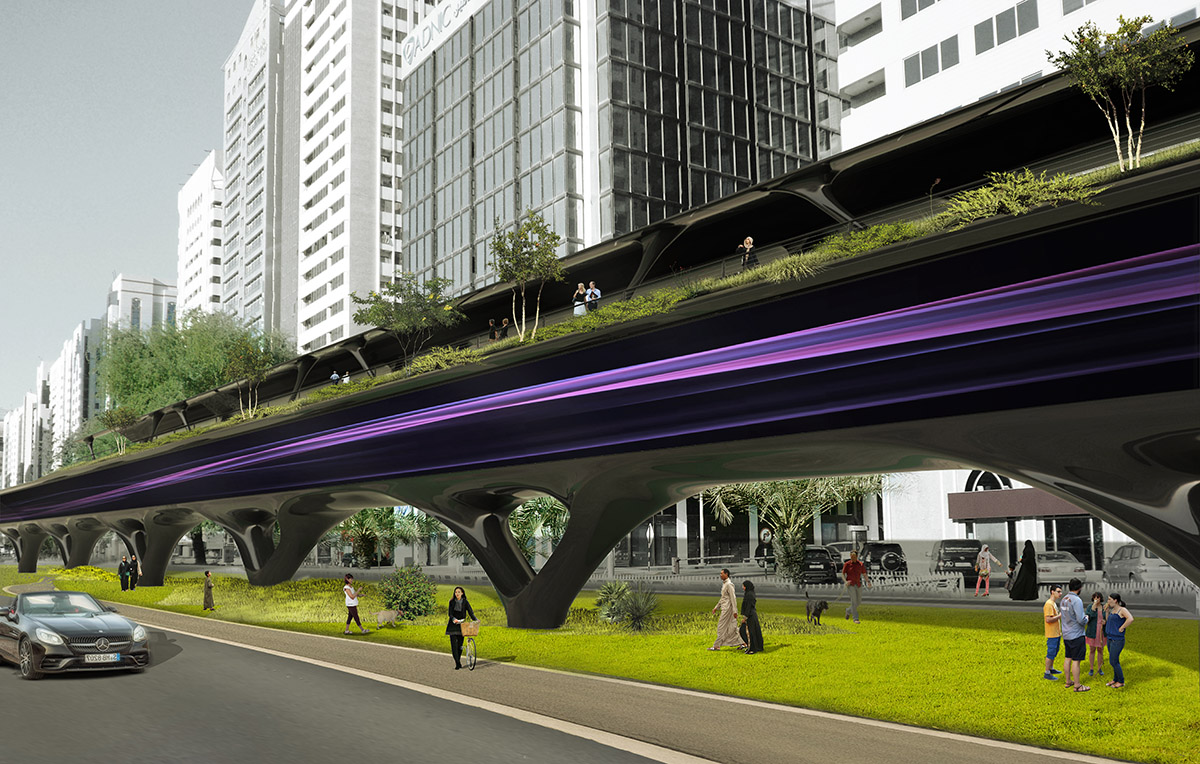
Hyperloop systems are started to be developed in many countries of the world to minimize the long distances between two points, while providing a maximum comfort with their new designs. For instance, India received an approval to develop a new hyperloop system between Pune and Mumbai, reducing the distance under 35 minutes between central Pune to Mumbai. MAD's design presents a new sustainable approach with this new high-speed transportation system.
MAD’s design demonstrates how the artificial can merge with nature through a new urban infrastructure, that while transforming the future of travel, also has the ability to reshape the way we plan and use public space.

Image © MIR
While providing enhanced connectivity between cities and people, the transportation system will also establish a renewed connection between people and their city through car-free raised green walkways along the roof of the tunnels, and activation spaces below in the form of parks and recreation areas.
Since 2013, HyperloopTT has been focusing on looking to develop innovative solutions for some of our major urban problems: overcrowding, traffic congestion, and pollution. By designing the most advanced low-pressure, high-speed sustainable tube-based transportation in the world, it is set to connect people and cities that are distances apart at hyper speed, revolutionizing the way we travel.
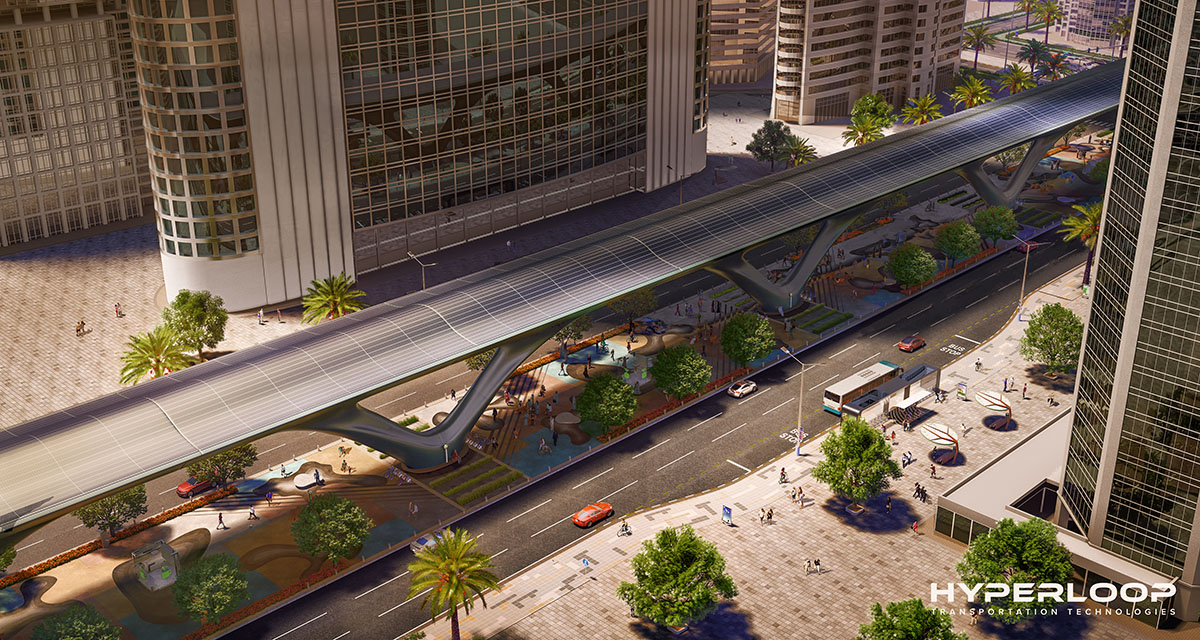
Image © MIR
MAD’s scheme harnesses solar and wind energies to power the HyperloopTT system. The transportation tunnels are outfitted with bendable solar panel skin modules that are used to power the Hyperloop itself, along with LEDs installed along its surface that function as interactive information boards.
Bladeless wind turbine forests positioned at certain sections of the HyperloopTT system will harness the vorticity of the wind, creating a main source of power for the transportation network, lowering overall energy costs.
The new hyperloop scheme will have the minimum footprint on the land. The pylon design minimizes the system’s physical footprint by lifting its functions almost 7 meters above ground.
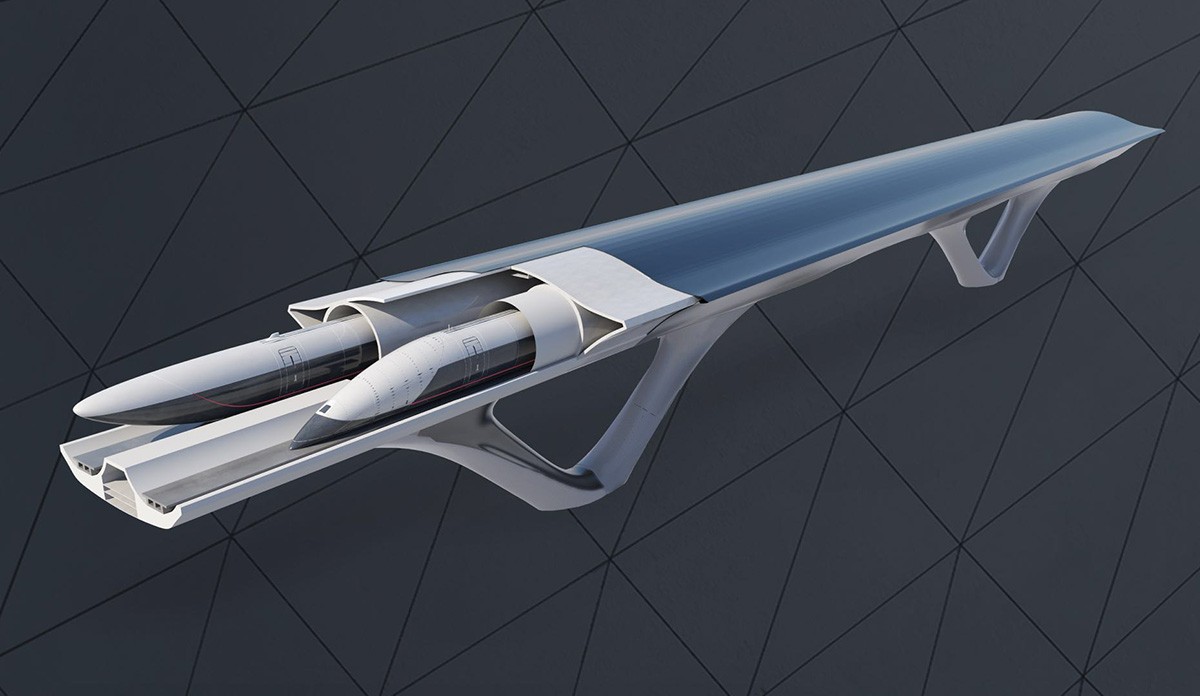
This eliminates the possibility of collision with road traffic, which in turn decreases the cost of land acquisition. It is composed of a single-mold fiber glass structure, proving its efficiency in both its development and usage.
MAD's sustainable approach is further emphasized through urban farming facilities. The base of each pylon is conceived to host crop-growing facilities that encourage urban farming. The light energy sourced from the solar-powered LEDs allows the plants to be self-sustainable, forming a friendly, green environment – a truly organic infrastructure.
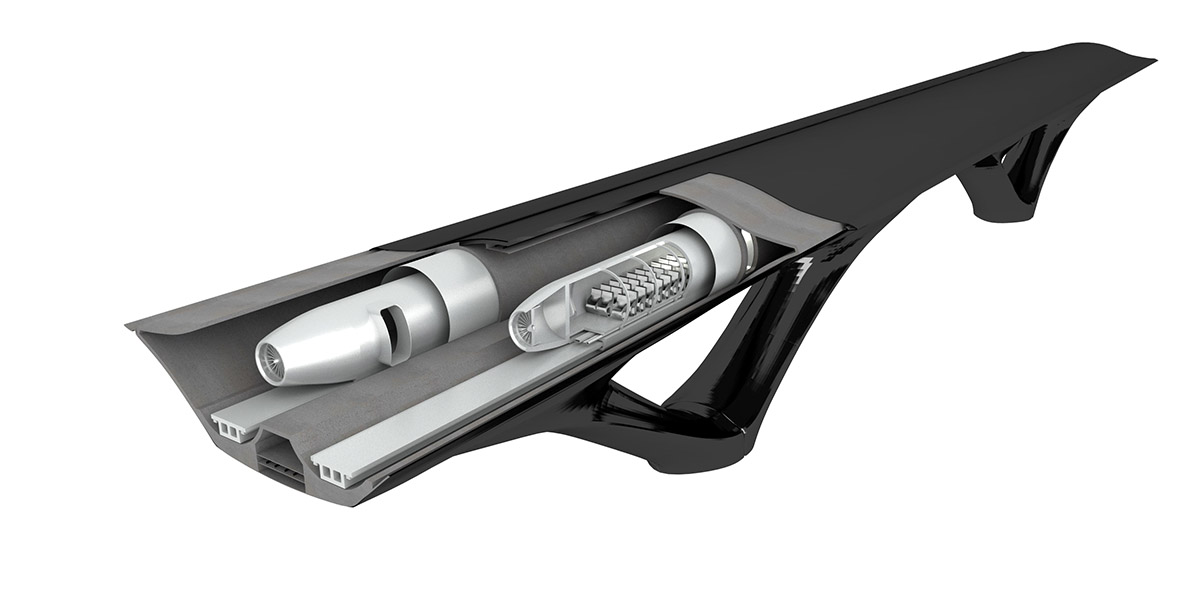
MAD first worked with HyperloopTT on the occasion of the 2020 Expo in Dubai. Since then, HyperloopTT has partnered with the Port of Hamburg to develop a cargo system; and revealed a full-scale 320m passenger system in Toulouse, France, that is currently in the process of integrating its full-scale passenger capsule for human trials in 2020.

Elon Musk, founder of SpaceX, Tesla Motors and co-founder of PayPal - first developed the concept of Hyperloop Technologies in a garage in Los Angeles' Los Feliz neighborhood in June 2014.
In December 2014, Hyperloop Technologies established an Innovation Campus in LA's downtown arts district. The industrial space, surrounded by artists, graffiti, and gritty railroad tracks, serves as an ideal location to innovate, design, and test the components of the Hyperloop.
HyperloopTT Design Team:
Ma Yansong, Dang Qun, Yosuke Hayano, Dixon Lu, Matthew Pugh, Wang Tao, Chris Nolop, Nathan Kiatkulpiboone.
All images courtesy of MAD Architects, HyperloopTT unless otherwise stated.
> via MAD
